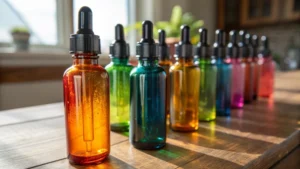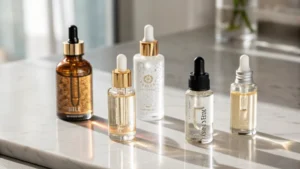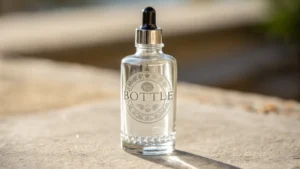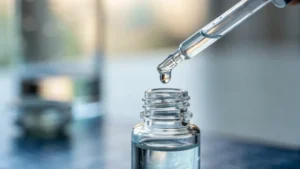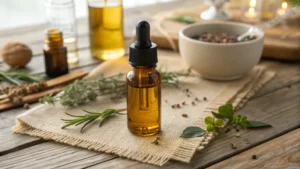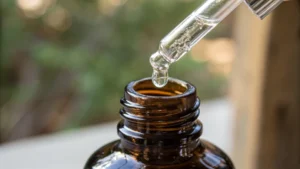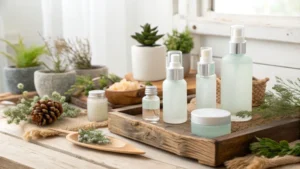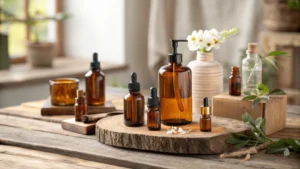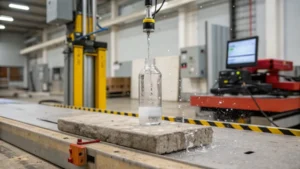
How to perform a drop test on glass bottles to check durability?
This guide details the process of performing a drop test on glass bottles to evaluate their durability. It covers essential equipment, safety precautions, and testing methods, including varying drop heights and orientations. By understanding how material type and bottle shape influence results, manufacturers can enhance packaging design for better resilience against impacts. The article emphasizes the importance of systematic testing in real-world scenarios to ensure product safety and integrity during transport. Key insights include the significance of using appropriate materials like borosilicate glass and optimizing designs for maximum impact absorption. Conducting thorough drop tests helps prevent breakage and leakage, ultimately improving customer satisfaction with durable packaging solutions.

